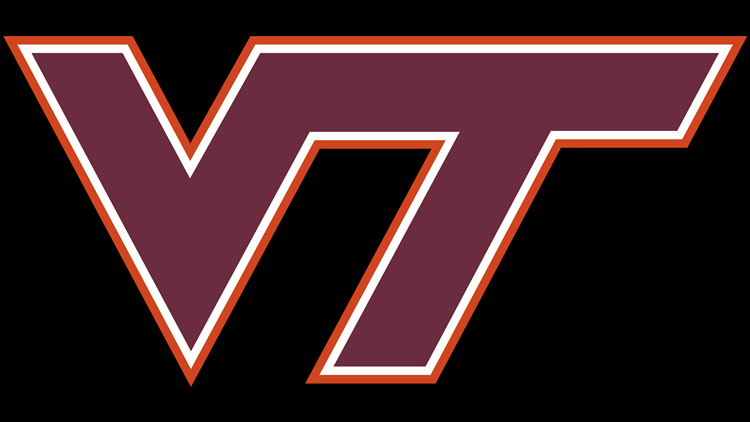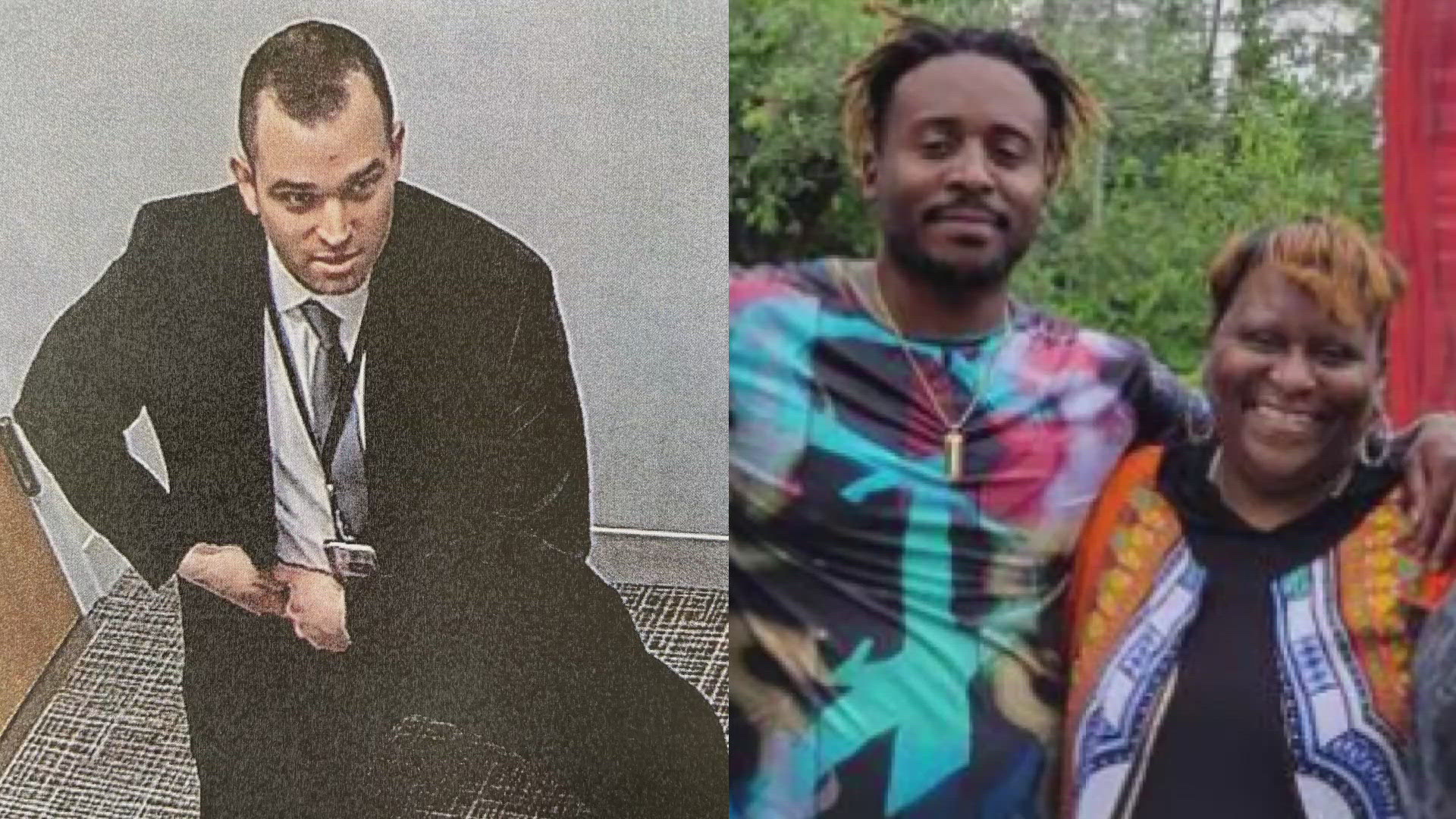WASHINGTON — Researchers from Virginia Tech are encouraging youth football players to get out of low-rated football helmets and into better-rated helmets to reduce concussion risk after releasing a new study.
The majority of people playing football are youth players, less than 14 years old. But until now, there hasn’t been independent data evaluating the effectiveness of the helmets these athletes wear on the field.
Virginia Tech Helmet Lab -- already renowned for their helmet ratings for varsity football and other sports -- release of youth football-helmet ratings so consumers can see which helmets best reduce concussion risk.
A total of 17 youth football helmets were evaluated and rated using the STAR evaluation system, according to their website.
Check the ratings here and read their test methodology here.
Seven helmet models earned five stars -- the highest possible rating -- and the rest earned three or four. The ratings include every helmet youth football helmet currently on the market, and every company had at least one five-star model.
Researchers said their impact tests, "evaluate a helmet's ability to reduce linear and rotational acceleration of the head resulting from a range of head impacts that youth football players might see on the field. Our lab tests are based on data we collected directly from 10- to 14-year-old youth football players that wore helmets equipped with sensors."
Data from the group's studies of head impacts among youth football players allowed them to design test methods that reflect the types of impacts these athletes actually experience on the field.
"For the first time we’ve adapted the way we evaluate helmets in the lab to be youth-specific," explained Steve Rowson, an associate professor of biomedical engineering and mechanics and the Helmet Lab’s director. "Now, players, parents, leagues, and coaches have access to independent data about which helmets offer the best protection, and they can use the ratings as a tool to make informed decisions."
The ratings were generated through a series of impact tests, helmets are evaluated using two fundamentals that include player experience and helmets that lower head acceleration reduce concussion risk, according to researchers.
"Kids aren’t just scaled-down adults," Rowson explained. "Their heads are larger relative to their necks; their necks are weaker; and their brains are still developing."
Those features change the way a player’s head and brain will respond to an impact and affect the risk of sustaining a concussion or other head injury. Understanding those differences is essential to designing effective helmets for youth players and developing realistic methods for testing them.
"Helmets with more stars provide a reduction in concussion risk for these impacts compared to helmets with less stars. While there are some differences in impact performance within groups, other factors such as cost, fit, and comfort should be considered when purchasing a helmet," researchers said.
Since 2015, Rowson and his team have been leading an NIH-funded study of head-impact exposure in youth football. The $3.3 million, multi-university effort -- the largest biomechanical study of youth football players to date -- uses sensors embedded in players’ helmets to record impacts that occur on the field. The sensors capture data about how hard the players hit their heads, how often, and where on the helmet. By cross-referencing that data with clinical measures like concussion diagnoses and cognitive testing, the researchers could determine which kinds of impacts were most likely to cause a concussion in youth players — information that hadn’t existed prior to their work.
"At this point, we have a pretty good idea of how youth players impact their helmets, and which impacts are most likely to result in concussion," Rowson said. "We were able to take that information from the field and replicate those impacts in the lab, so that we were evaluating the helmets under realistic conditions that are relevant to youth players."
Each helmet model went through 48 tests that covered four impact locations and three impact velocities. The helmets were fitted on a dummy headform and neck modeled after the average male between 10 and 12 years old. During each impact, sensors in the headform measured its linear and rotational acceleration.
The helmets that effectively reduced head acceleration during impacts earned higher scores. Rowson’s team found that helmets that didn’t perform as well in the ratings typically had front pads that were too stiff.
"The front location is where kids hit their head the most, and at high energies, so that front pad plays a big role," Rowson said. "The lower-rated helmets would test considerably better simply by reducing the stiffness of that front padding."
The ratings come at a time when football is under mounting scrutiny for the potential head-injury risk. Rowson stresses that it’s possible to engineer a safer game, but that there are many pieces to the puzzle.
"When you’re thinking about how to minimize concussions in contact sports, helmets are part of the solution, but they aren't the whole answer," Rowson said. "You’ll see the greatest improvement by making data-driven changes to rules, practice structures, and player behavior that reduce the number of head impacts in the first place. But some residual number of incidental head impacts are inevitable, and in those cases, having the very best protection will reduce the risk of injury."
The research team will continue to update the ratings as new helmets are released. In the meantime, they’re working on developing youth-specific testing protocols for other sports.
Virginia Tech researchers said they have provided unbiased helmet ratings since 2011. The helmet ratings are the culmination of more than 10 years of research on head impacts in sports and identify which helmets best reduce concussion risk, researchers said.
"This work is done as part of Virginia Tech’s service mission and is 100 percent independent of any funding or influence from helmet manufacturers," according to its website.





